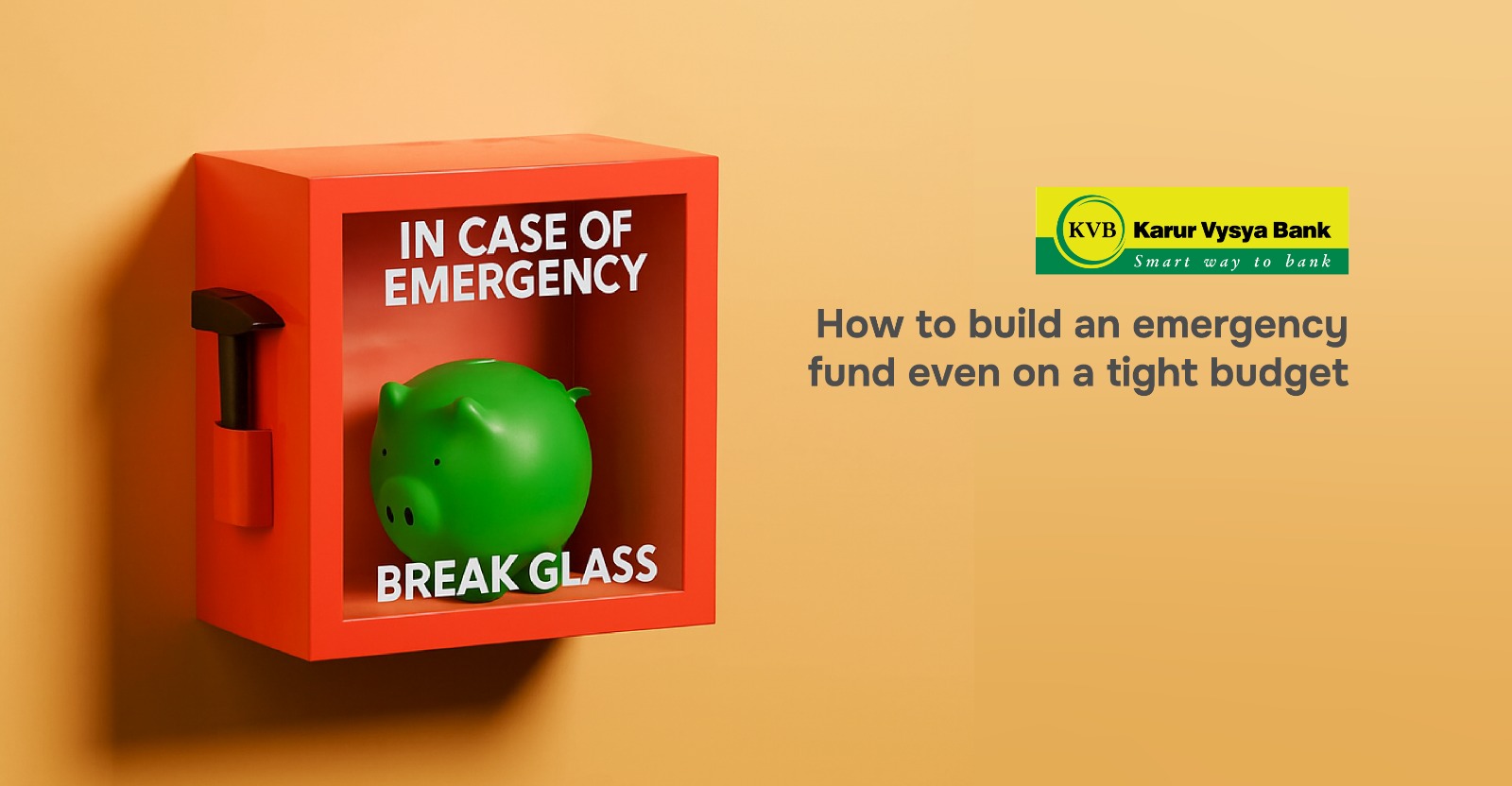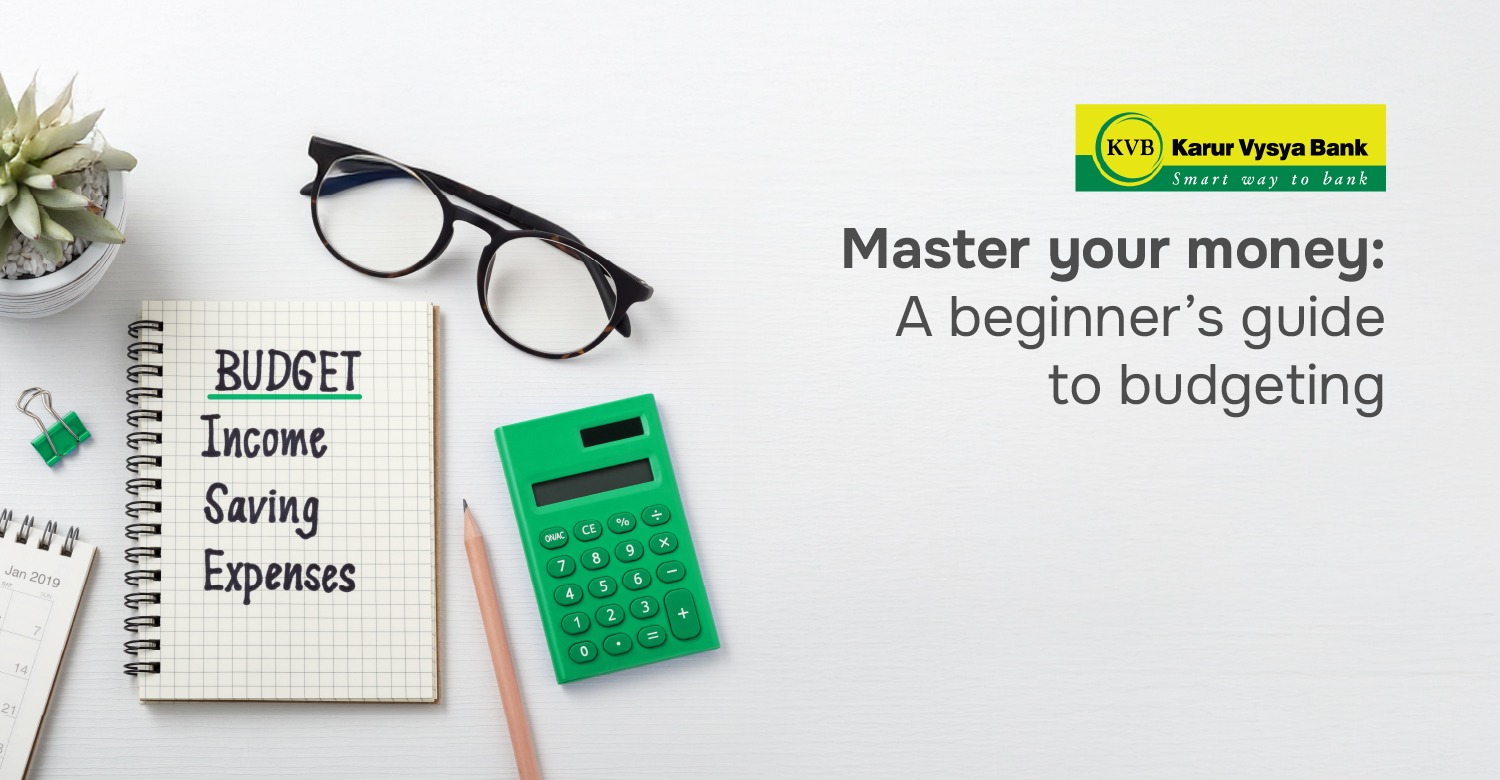How to build an emergency fund even on a tight budget

Life is unpredictable. Amid job loss, medical emergencies, and unexpected expenses, we need a safety net to fall back on when things go wrong. In such cases, emergency funds come in handy. An emergency fund is a portion of your net monthly income set aside to cover unexpected contingencies, helping you handle such scenarios calmly, without affecting your monthly budget or investments. It enables you to make better career, business, or educational decisions without fear.
Step 1: Set a target amount Decide how much you want to save. The ideal emergency fund should cover about 3–6 months of basic living expenses (rent, food, bills, EMI). Start small, even ₹2,000 is a great beginning.
Step 2: Open a separate account Don’t mix emergency money with your regular spending. Use a high-interest savings account or a liquid mutual fund that is easy to withdraw from. It should be easy to access, but not too easy to spend.
Step 3: Automate your savings Set an auto-debit of the desired amount every month, right after your salary is credited. Even ₹1,000–₹2,000 per month adds up over time. Example: ₹2,000/month = ₹24,000/year (plus interest)
Step 4: Use windfalls and extras All your bonuses, freelance gigs, and birthday cash should go straight to your emergency fund. Put at least 30–50% directly into your emergency fund before you're tempted to spend it all.
Step 5: Track your progress Use specific apps or just a simple Google Sheet to track your reserve and the interest it earns. Modify your target as needed, and watch your fund grow like a score meter.
Step 6: Hands off unless it’s an emergency This is the hardest step: resisting the temptation to spend a tiny portion of the fund on a trip, or on new clothes and gadgets. To make it easier, define what actually counts as an emergency: job loss, hospital bills, or urgent home/car repairs. Control the urge to spend from the reserve, the more you take, the more you’ll need to replenish.
Pro tip
Open a separate savings account in a different bank, and treat it like it doesn’t exist until you truly need it. This reduces impulsive withdrawals for “almost emergencies” and builds a mental firewall around that money. This trick is used by many financially disciplined people who struggle with self-control. It’s simple behavioural finance, not just budgeting.


